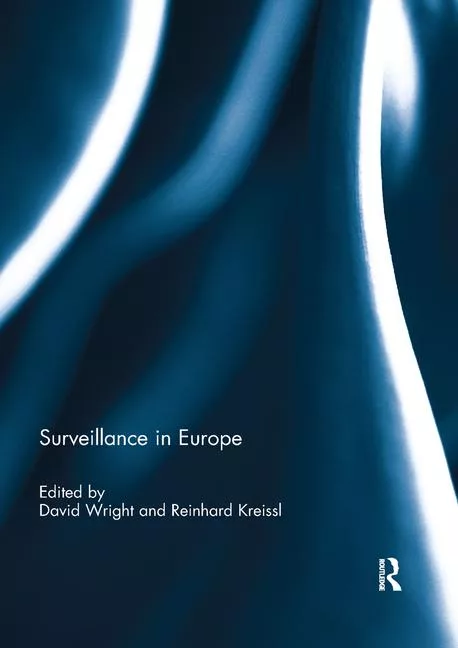Surveillance ‘In The Dark’
When designing a surveillance system that is to be used in the outdoors, changing lighting conditions are one of the biggest challenges to overcome. So over the past several years, low-light surveillance technology has been growing in importance as a means to improve outdoor surveillance designs, and megapixel imagers have been modified to improve identification.
Recently, these two technologies were competing with each other. While megapixel images are great for identification, they generally have been very poor in low lighting, while improved low lighting systems were 4CIF at best. Many times, these systems were less than that with terminal-type cameras. However, there are signs that we are finally seeing low-light detection and identification working together.
What used to be low-light, analog security video cameras has now evolved significantly into a fast-growing product segment using several types of imaging technologies that may not be well understood. Originally developed for outdoors, these technologies are increasingly being used inside. The challenge, however, is that there are a lot of terms used to describe what are generally four types of infrared systems: Thermal IR, Image Intensification, Active IR and Passive IR. Each of these IR product categories has advantages and benefits based upon how and where they are being applied.
Thermal IR Imaging Systems
What was typically reserved for military use is now growing rapidly in the commercial space, and not just for surveillance purposes. Thermal IR imaging systems are growing in all kinds of industries from medical, construction and even pest control. Thermal provides the ability to create an image of an object that is scaled in contrast to how hot or cold it is relative to its soundings. This creates insight to what is happening regardless of the lighting conditions. With some of the highest accuracies of detection and object classification, thermal provides little use for identification. In addition, it isn’t compatible with general surveillance cameras as it requires special outdoor housings and typically uses very low resolutions. The most exciting thing happening today in the thermal IR surveillance industry is that the prices are coming down dramatically. This makes it affordable enough for the everyday surveillance system.
Image Intensification Systems
When the concept “night vision” in the military was used during the Korean War, it kicked off a whole industry of being able to carry around a portable set of goggles that would allow us to see in the dark. Image Intensification Systems basically intensify ambient lighting to create a scene that would otherwise be completely black to the naked human eye. These types of technology are being incorporated into surveillance cameras and branded by manufacturers using several different names. Axis, for example is using what they call “light finder,” and Sony calls theirs “Visibility Enhancer” and “XDNR.” At the core of what they are doing is a type of image intensification similar, yet different than the traditional green “night vision” image. However, what is exciting about these technology improvements is that low light surveillance is getting easier to deploy.
Active IR Systems
Active IR systems have been in the surveillance industry for quite some time. We generally think of them as traditional security video cameras with built-in Active IR lamps. What is exciting about Active IR is that, when combined with megapixel cameras, they become very good at accurate identification in complete darkness. In addition, Active IR systems now come in three different types: bulb, LED and laser. The innovation around these types of lighting is just beginning to be seen in surveillance cameras, and Bosch is a leading provider of Active IR with its acquisition of Extreme CCTV in 2008.
Passive IR Systems
When Axis launched its M series cameras two years ago, it included a passive IR sensor and LED light embedded into the camera itself. This camera, designed for the consumer market, was not using the most advanced technology, but the combination made it a very effective device. The passive IR sensor could detect motion in complete darkness and be programmed to turn on the LED light and start recording. This factor, combined with a simple installation and higher resolution, made it adept at detection and identification, with good pricing.
Go Dark
Low-light surveillance technologies, which were historically reserved for military-grade use, are now widely available for commercial projects and can be had for as little as $300 with passive IR and as much as several thousand dollars with thermal IR. Whether you’re an end-user considering implementing thermal imaging in your facility or an integrator looking to install infrared systems, there are many factors to consider prior to making the decision to “go dark,” but one thing is for sure, the market is growing in size and importance.
Looking for a reprint of this article?
From high-res PDFs to custom plaques, order your copy today!





